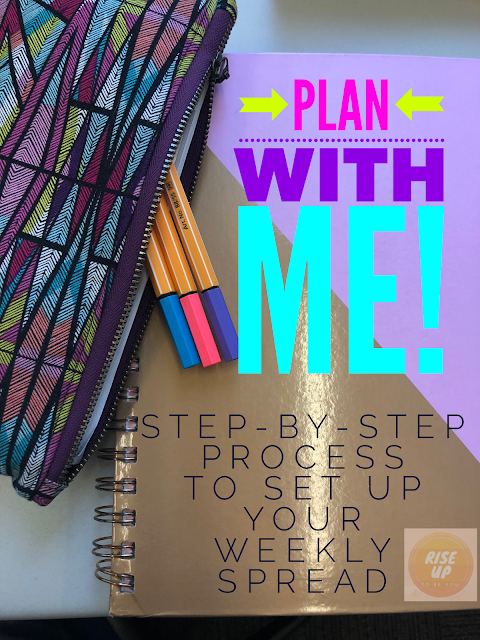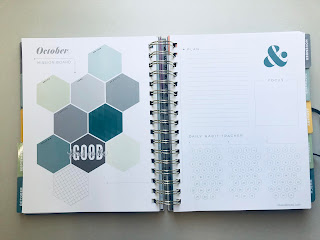Part of my efforts to grow and get to know myself better includes reading books that can help me form good habits/routines. I want to learn more about why I am the way I am and what I can do to capitalize on my strengths so that I am not defeated by the areas in which I struggle. I created a list of books I plan to read throughout the year, which you can find in my previous post. I kicked off my reading spree with James Clear's Atomic Habits. I have been hearing about this book for quite some time. It just so happens that my nutrition coach, who also has a book club as part of his services, had this book as the choice for January. So I decided I would make it my January read as well.
The head injury that derailed Clear's journey of pursuing collegiate baseball prompted him to work hard at getting back on track and ultimately led him to becoming an authority on building good habits. His tale is one of incredible hardship that prompted him to get his dream back because it was such an integral part of his identity. His philosophy all hinges on how the smallest of changes can lead to huge results in the quality of your life. By making atomic (minute) changes and mastering them incrementally, you can continue to add on more small changes until you've reached your desired result. This strategy helps you to make your ultimate goal less intimidating and more realistic. Because you start with one small step.
Not all of us need some dramatic life-altering event to want to be better. It may boil down to a moment, a conversation, or interaction. Maybe you see your bad habits beginning to emerge in your children's behavior and you don't want that for them. The only way to turn that around is to model the behavior you know is best for them. That is what prompted me to want to improve my life. I never used to exercise, drink enough water, or eat enough well-balanced meals. For the past 2 1/2 years I have been consistently exercising, but was not tackling the biggest part of the equation to becoming more fit and healthy. While I am working with a nutrition coach, I won't be doing so forever. I'm taking what I'm learning from my coach and utilizing the strategies laid out in Atomic Habits to implement healthy changes that can become a lifestyle. I'm tired of the gimmicks of "quick fixes" that only expect you to focus on the goal, not the journey. If you're vision is so narrow and focused on a number, you won't be more cognizant of the way your mind and body are responding to the process. Being able to create structure and reliable systems is what is needed to build a solid foundation, make it easy to do, and allow you to enjoy each milestone along the way.
I am someone who LOVES systems, so I gravitated toward this book to find ways to make building good habits easier. I found it helpful that Clear encourages you to attach emotion to creating good habits or stopping bad habits. To make the emotion and desire drive the behavior allows you to see the value of who you want to become. It's still formulaic and instructional with his Four Laws, but it's an outline that allows you to customize based on your needs. Within the structure of the Four Laws, there are formulas you can utilize to easily implement new habits.
Although the book has references and information based on science, which I highly value and is totally necessary to substantiate his laws, his writing is conversational and easy to absorb. I love that each chapter includes a summary of the takeaways. This serves as a quick way to go back and reference things you want to reread or can't recall. I'm looking forward to taking the steps to make atomic habits help me begin to find the path to my best self. I highly recommend this book if you're looking to make some positive changes and/or kick some bad habits.
Rise Up Scale: 🌟🌟🌟🌟🌟

































